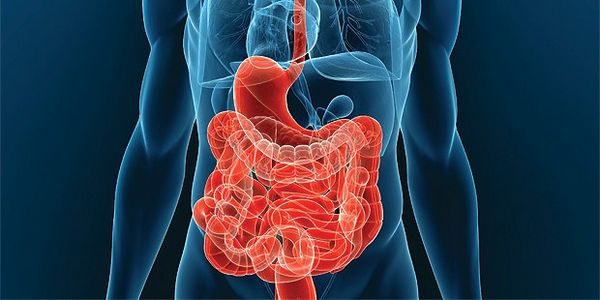Pilorospazm – treatment of disease. Symptoms and prevention of the disease Pilorospazm

Pilorospazm – What is this disease? Pilorospazm is short for sphincter of stomach in its transition zone into the duodenum. Most often, pilorospazm observed in infants in the first months of life.
Pilorospazm – The cause of the
Causes of pilorospazma can be:
- Peptic ulcer of the stomach and duodenum;
- Chronic colitis;
- Gastritis;
- Diseases of the biliary tract;
- Lack of B vitamins;
- Mental fatigue;
- Disorder of the autonomic nervous system;
- Smoking;
- · Intoxication, eg, narcotic drugs.
Pilorospazm – Symptoms
The main symptoms are pilorospazma:
- Cramping pains, recurring in podlojecna area;
- Belching and heartburn;
- · nausea, vomiting;
- Decrease in body weight.
In some cases, pilorospazm occurs without any symptoms.
Pilorospazm – Diagnostics
Initially collects medical history and analysis of the complaints of the patient. The doctor asked, How long has appeared vomiting; What is the nature of vomit; When the first symptoms, and under what circumstances they most often occur; is there a violation of the Chair.
When the common examination the doctor inspects the skin and mucous membranes, conducts palpation of the abdomen, as well as undertaking a study of conditional and unconditional reflexes (conducting neurological tests on motor function, coordination and concentration).
To instrumental research methods in the diagnosis of pilorospazma include:
- Magnetic resonance imaging and computed tomography (level-by-level snapshots tissues organs);
- X-ray contrast study;
- Gastroscopy - visual research method, that allows you to examine the stomach lining and the status of gatekeeper.
Pilorospazm – Types of disease
Distinguish the following varieties of disease:
- Compensated pylorospasm. In this form of the disease stomach muscles their allow food masses pass through the narrowed pyloric sphincter.
- · Decompensated pylorospasm. In this form of the disease stomach muscles pererastjanuty, the passage of food into the duodenum masses cannot be, which raises the stretching of the stomach. So develop congestion (long delay food mass in the stomach, leading to rotting and decay processes of food), with the development of vomiting with the gnilostnym smell, and symptoms of intoxication (high body temperature, sweating, weakness).
Pilorospazm – Actions of the patient
If you have suspicious symptoms the patient should see a doctor-physician or gastroenterologist.
Pilorospazm – Treatment
Pilorospazma treatment should be complex. If the reason for the pilorospazma is revealed, the main treatment should be aimed at eliminating.
The basis of treatment is diet therapy. The patient shows a chemically and mechanically sparing diet. Should be excluded from the use of gross food (high fiber), as well as spicy dishes and condiments. When pilorospazme it is recommended to use semi-fluid, pjureobraznuju food. You also need to use enough fat (butter and vegetable oil, cream). Food must warm, but not hot.
If the disease progresses (especially in Decompensated form pilorospazma), the shown conducting surgery.
The conditioning therapy pilorospazma could include therapeutic exercises and massage.
Pilorospazm – Complications
With adequate and timely treatment of pilorospazma favorable forecast, and the disease does not lead to complications. If treatment does not hold, the sawmills may cause malnutrition (exhaustion).
Pilorospazm – Prevention
Prevention of pilorospazma is in compliance with such undertakings, as:
- · rejection of bad habits, mainly, Smoking Area;
- Adherence to sleep and wakefulness. Night's sleep must last not less than 7-8 hours;
- The use of chemically and mechanically sparing food. Minimize the use of roughage, savoury dishes and condiments. With a propensity to pilorospazmam it is recommended to use liquid, semi-fluid and pjureobraznoj foods with sufficient fat (vegetable, butter, cream). Food should be warm (comfortable), but not hot;
- Exercise and stress avoidance.
